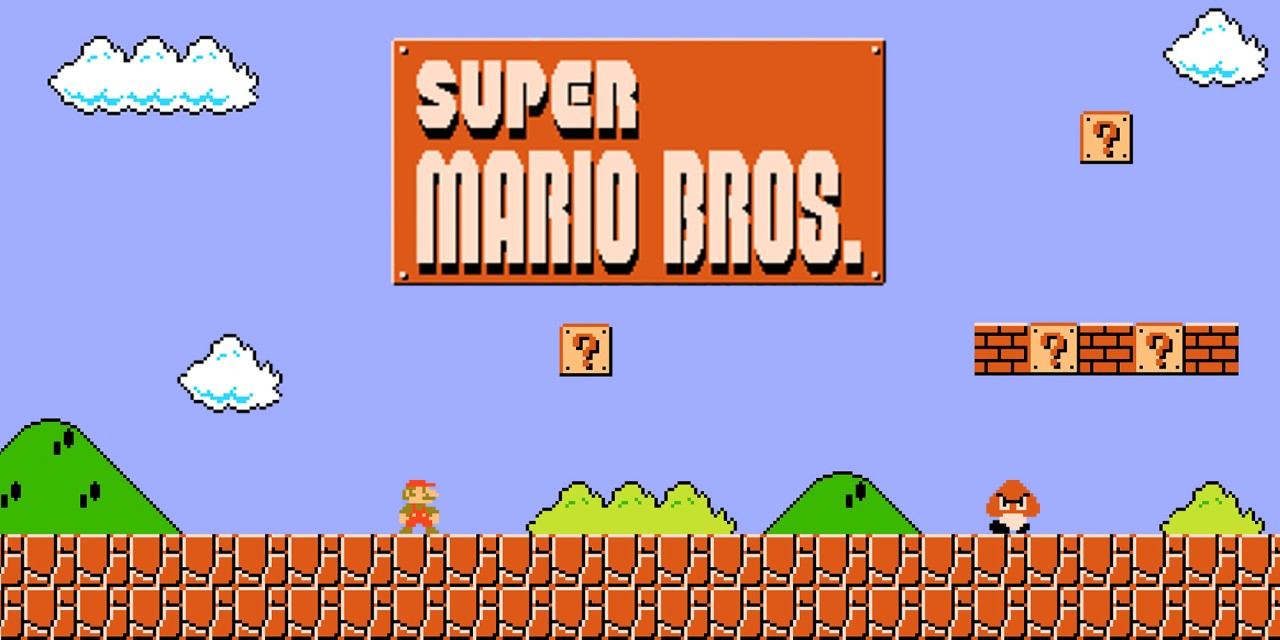Responsible advertising to children
Heather Pettitt, marketing manager at consultancy Verridian, discusses the importance of responsible marketing when brands are targeting children
McDonalds is currently facing protests from health professionals urging the chain to stop using its Ronald McDonald character as a tool to market junk food to children. It's a sign of the times.
Advertising targeted at children has commonly taken the form of TV adverts, toys and mascots, and over time, regulation of TV advertising to children has become increasingly stringent. The “pester power” of children is no longer seen as an acceptable target for marketers. But what about online?
Concerns ignored
Despite the many concerns over the safety of the internet as highlighted by the Child Exploitation and Online Protection (CEOP) Centre, online advertising to children remains a relatively low key topic.
Recent statistics from Childwise has shown that children spend nearly two hours a day online, and much of this is spent on social media sites like Facebook. One in five children under the age of 12, it is claimed, already has a Facebook page.
With children being able to access the intent and social media sites in so many ways - through laptops, mobile, apps and tablets - parents are understandably struggling to monitor them all the time, allowing children to be exposed to marketing and advertising.
Social dangers
There is an even more unfavourable aspect to advertising aimed at children online and across social media. Unlike TV advertising, it can be highly targeted and personalised based on their online behaviour. So there is a very real risk that children are being exposed to advertising targeted specifically at them.
Children are also sometimes targeted with advertising for products unsuitable for them too, as research from Stirling University last year highlighted that more than a third of Scots aged 14 had been exposed to alcohol advertising on Facebook.
Daily design news, reviews, how-tos and more, as picked by the editors.
Behavioural marketing on websites such as Google, Hotmail and Facebook is commonplace, and is informed by on users’ cookies, meaning adverts for popular or most recently searched for items will appear. Added to this, many viral campaigns using material such as animated video clips, tunes and games appeal to young internet users who view and circulate them, whilst at the same time increasing that brand’s exposure.
This exposure to young internet users threatens to become even more prolific as Facebook creator Mark Zuckerberg recently pushed for under-thirteens to have access to the site. Although there is not strictly an age limit at present, Facebook operates a ‘good faith’ voluntary agreement not to open up the site to minors. But it is self-imposed and not strictly regulated by any outside body. Although Zuckerberg was criticised by child protection agencies for suggesting this change, the possibility remains that this could still happen.
Court cases
Not only are children the target of advertising, they could also become part of its subject, as those ‘liking’ a Facebook fan page for a product or brand could then be featured as part of that company’s marketing campaigns.
Recent stories that have surfaced in California and New York highlight brands using the names and images of those young users ‘liking’ their pages within their marketing without permission. The network also often provides contact details for these fans, which the brands can use to market directly to them, although Facebook refuses to comment on this issue to date.
These cases have resulted in lawsuits against the social networking site, which it is vehemently fighting, along with the California Children's Privacy Bill, which it claims would damage internet commerce.
New regulations
While television and print advertising are subject to regulation and monitoring by organisations such as the Advertising Standards Authority, there remains something of a gap in terms of a regulatory body for online advertising.
The EU has stepped in and last month saw legislation passed the e-privacy Directive, which places restrictions on behavioural advertising, allowing internet users to opt out of the cookie-based data on which behavioural marketing is based.
As with all marketing practices, those conducting online marketing need to be mindful of the ethical implications of their actions. The internet presents a wide range of opportunities for marketers to reach audiences in new and inventive ways, but it also has the potential to be tarnished by practices perceived as improperly targeting the vulnerable - such as children.
Brands should also be wary of a potential backlash from concerned parents, which could damage them and their reputation in the future, if they fail to reign in these practices.

The Creative Bloq team is made up of a group of art and design enthusiasts, and has changed and evolved since Creative Bloq began back in 2012. The current website team consists of eight full-time members of staff: Editor Georgia Coggan, Deputy Editor Rosie Hilder, Ecommerce Editor Beren Neale, Senior News Editor Daniel Piper, Editor, Digital Art and 3D Ian Dean, Tech Reviews Editor Erlingur Einarsson, Ecommerce Writer Beth Nicholls and Staff Writer Natalie Fear, as well as a roster of freelancers from around the world. The ImagineFX magazine team also pitch in, ensuring that content from leading digital art publication ImagineFX is represented on Creative Bloq.
